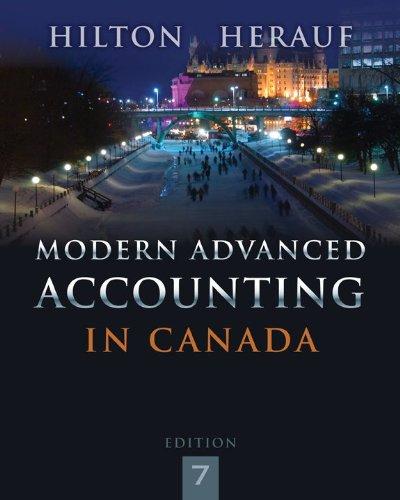Question
We know that mutual funds with successful long-term records can be the consequence of survivorship bias (i.e., only the funds that do well long-term are
We know that mutual funds with successful long-term records can be the consequence of survivorship bias (i.e., only the funds that do well long-term are not closed or merged by fund management companies, so it becomes a bit of a tautology) and that Gibson and Finke have demonstrated that fund companies "incubate" lots of extreme (skewed) fund strategies, only to roll out the successes with impressive near-term records.
What selection criteria can we use to avoid the biases and fund complex manipulations to ensure that we're getting the building blocks we need when assembling a diversified portfolio?
From the beginning, ETFs were focused on indexes; now we've begun to see the emergence of "active" ETFs.
Does this make sense? Why or why not? What do we gain with active ETFs?
What do we lose? These questions may be particularly relevant with respect to so-called "nontransparent" ETFs NYT article, "A New Kind of Fund that is Stingier with Information" in this week's readings).
Can you a role in the portfolios you do or will manage for clients?
Step by Step Solution
3.44 Rating (151 Votes )
There are 3 Steps involved in it
Step: 1
When assembling a diversified portfolio and aiming to avoid biases and fund manipulations there are several selection criteria you can consider 1 Performance consistency Look for funds that have consi...
Get Instant Access to Expert-Tailored Solutions
See step-by-step solutions with expert insights and AI powered tools for academic success
Step: 2

Step: 3

Ace Your Homework with AI
Get the answers you need in no time with our AI-driven, step-by-step assistance
Get Started


